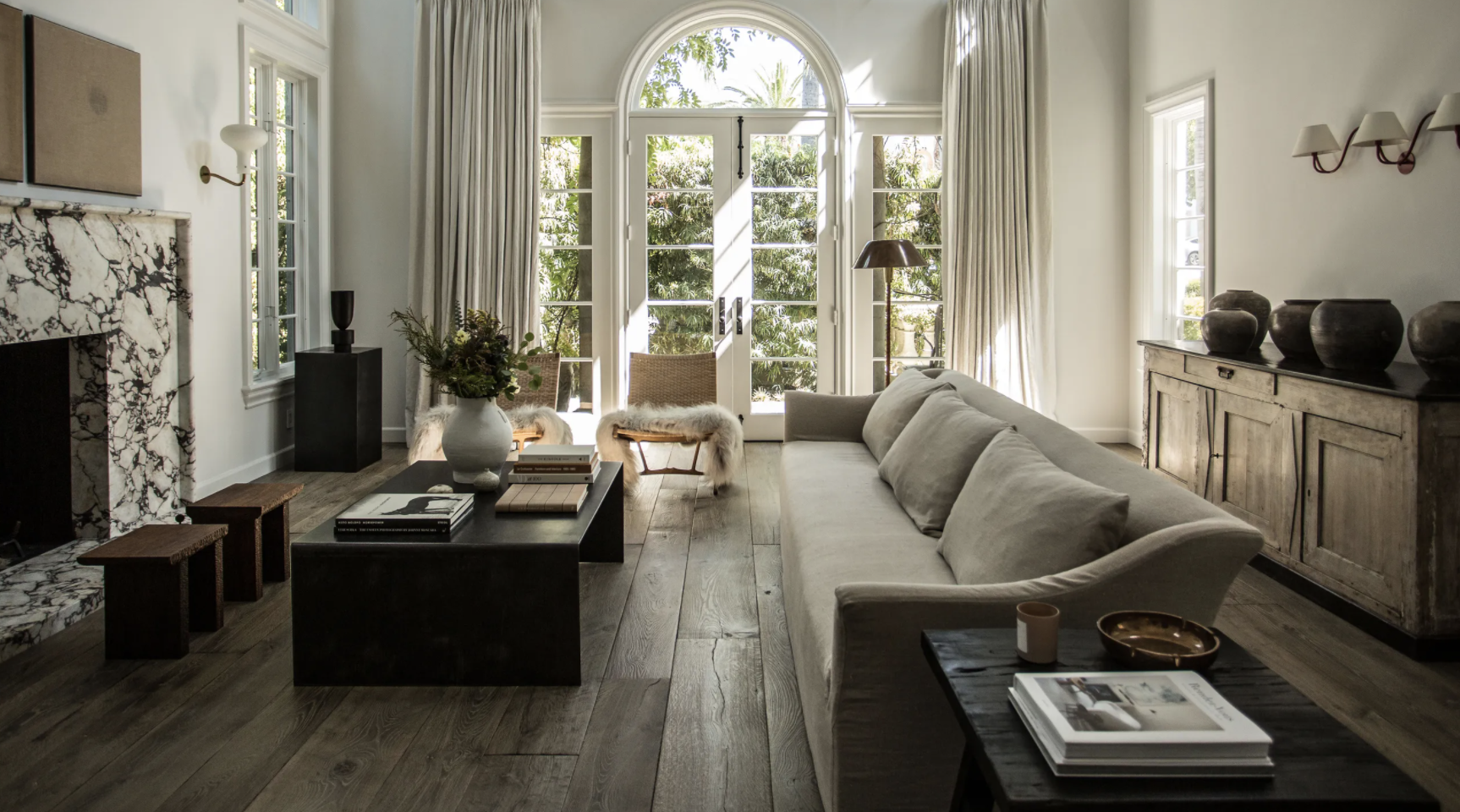Out with clean white havens and in with tactile havens, says The Financial Times in a recent article which claims the new interior mood is anything but sterile. The coronavirus is still causing upheaval a year on, meaning there is no better time to consider the protective shell we call home – and what it might mean to us in the future. Our homes are the places where we remain safest from the virus….to coin the British phrase “as safe as houses”. Our homes are becoming respites from the socially distanced world beyond our doors, filled with slubby linens, rustic wooden dining tables and handmade crockery set against textured walls and floors. “Touchless tech and handleless doors might be a good idea in a shared corporate space, but will have no place in the “New Comfort” bubble of home, where personalisation and custom reign supreme,” says the Times. As we emerge from lockdown, we reflect on how we’ll reinvent our living spaces — and what matters now, as we invite you to read the Financial Times take on The New Comfort.
It’s about surrounding yourself with things that mirror – and fortify – you. Homes just keep getting better – like a comfortable pullover – where we belong.
After all, to be surrounded by colours, fabrics, mementoes and artworks that have deep personal significance is to be silently fortified by everything around you”, according to the Times. “And it’s essential to engage physically with such things in order to benefit from the support that they can provide. To caress a cherished ornament or snuggle down on a richly adorned sofa is to feel the warm embrace of comfort. But more than this, when we immerse ourselves in such profoundly sensory spaces, the pleasure wakes us on every level and serves to remind us of our essential humanity”. Read more, ‘Can You Design A Happy Home- It’s Easier Than It Looks.’

Our homes will be profoundly tactile in the age of New Comfort. Image via Francesco Lagnese.com
And it’s essential to engage physically with such things in order to benefit from the support that they can provide. To touch a cherished ornament or snuggle down on a soft woollen sofa is to feel the warm embrace of comfort. But more than this, when we immerse ourselves in such profoundly sensory spaces, the pleasure wakes us on every level and serves to remind us of our essential humanity. The freedom to express personal preferences at home enables you to be more “at home” with yourself. Read more, ‘How to Create A Serene Room.’
To see a collection of prized yet quirky plates displayed in a kitchen, a vivid green wall in a living room or an abundance of bloom-strewn chintzy cushions across your seating is to be comforted by what you love.
It is to own your personal story – in this most private corner of the world, you owe no debt of loyalty to the desires of anyone other than those closest to you. The New Comfort, therefore, also presses the pause button on that habitual desire for hot looks and hip buzzwords. By this we don’t mean the bigger waves of cultural change that authentically reflect the zeitgeist – such as the mainstream move towards sustainability or the rise of the analogue (think of the resurgence in popularity of hardback picture books, poetry, board games, even cassette tapes as a reaction to our overtly digital era) – but the faster ins and outs of fashionable whimsy. For sure, we’ll always be interested to see what magazines and stylists think we might like, but, for many, a big reset is in play. Read more, ’10 Interior Tips to Happy Up Your Home.’
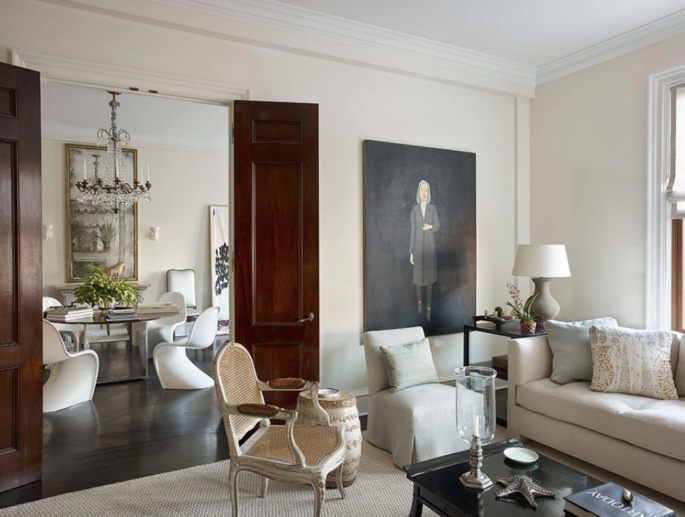
Clever layering of materials is a fantastic way to enhance comfort in the home. Image via Franceso Lagnese, francescolagnese.com
In short, we’ve seen what we can do without and recognised that, far from being frivolous, happy homemaking, the sort that comes from within, is fundamental to good health and contentment. Indeed, a recent report by consulting group McKinsey found that faced with a prolonged period of financial uncertainty, today’s consumers “intend to continue shifting their spending to essentials cutting back on most discretionary categories”. Yet spending surveys show that these essentials resolutely include DIY and household goods, as well as gardening items. Notably, these sales surges are driven by the purchase of wallpaper, paint and fabric, the decorative big guns of the homemaking arsenal (sales at DIY specialists for instance, rose 24 per cent to over last year). So, not just the hasty construction of home offices. Read more, ‘Improve Your Mood With These Top 50 Decorating Tips.’
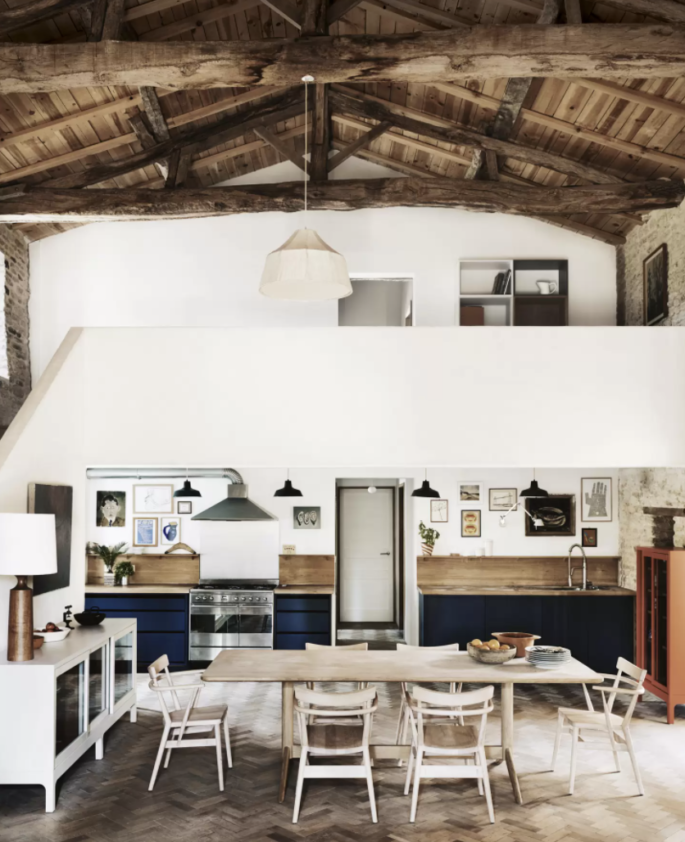
Designed and built by Russell, the kitchen combines oak surfaces and splashbacks with cupboards painted in ‘Railings’ by Farrow & Ball Image via House & Garden UK. Photo by Michael Sinclair.
These findings reflect our new priorities, if not a revised perception of luxury: namely a room of your own, quiet time and outdoor space. But strong winds of change, the sort that crunch years of behavioural change into months, rarely blow in one direction. Read more, ‘The Six Surprising Secrets to a Happy Home.’
It calls to mind a quote by the Indian Hindu monk Swami Vivekananda: “Comfort is no test of truth. Truth is often far from being comfortable.”
So, in the same breath as espousing a new mood for the home as a deeply tactile retreat, the New Comfort will encompass a degree of discomfort as well. Consider the following: viruses have coexisted with mankind for thousands of years, and yet our contemporary reflexive response to this crisis was to muzzle up and lockdown, avoiding and nullifying rather than confronting the real issue. The motivation, of course, is entirely just, as we wish to avoid unnecessary deaths, but take a step back and the deeply uncomfortable truth is that we appear to have evolved ourselves to the point of physical weakness. Read more, ’10 Ways To Master The Perfect Room.’
Diseases rife in the 18th and 19th centuries believed to have been eradicated with the advent of modernisation, but returning partly as a consequence of lazy living and less time spent outdoors. Not to mention the ascendency of mental-health disorders.
With increasingly sedentary lifestyles, screen-based jobs, central heating and apps to switch on our lights, run our baths and tell us when it’s time to go to bed, it can hardly be a surprise that cardiovascular disease and obesity are so prolific in the western world. It’s as if we’ve forgotten that our bodies are designed to be used. This is not to demonise technology, nor advocate a return to an unrealistically romantic vision of a simpler life from a bygone era. It can only be for the common good that we’ve increased efficiency in so many areas, from grocery shopping to banking and transportation, as well as discovered so many life-extending medical advances. And yet in the supposedly sophisticated 21st century, childhood rickets is rising in developed nations, as is gout in adults. Read more, ‘How To Decorate For Happiness and Mental-Wellbeing.’

Robert Kime’s intricately-layered flat is the distillation of 50 years of expertise in the art of comfort and style. Image by Simon Upton for houseandgarden.co.uk
How is this related to the home? Quite simply, environment matters – the impact on personal health and wellbeing of our surroundings, especially our homes, is as significant as the traditional twin pillars of diet and exercise. In fact, I’d argue that it is more important, acting as our base and primary mental motivator.
At the end of the day, it’s a lot harder to create healthy food in a hectic kitchen, or sleep well and exercise if you’re surrounded by the dark, drab or messy.
Consequently, alongside the clutter-free comfort and personalisation we intuitively seek as an emotional salve to modern life, a balancing element of discomfort will reinforce and strengthen our physical selves. Thankfully, it’s easier than you might think. We must simply channel what Scandinavians call friluftsliv. Roughly translated as open-air living, it’s a mindset change encompassed in that typically Nordic refrain, “there’s no such thing as bad weather, only bad clothing”. But before you dismiss this as precisely the type of buzzword I’d previously suggested we ignore, I’d proffer that this is less a fad than an essential reframing of a way to experience the world. Read more, ‘Designing A Feelgood Home.’
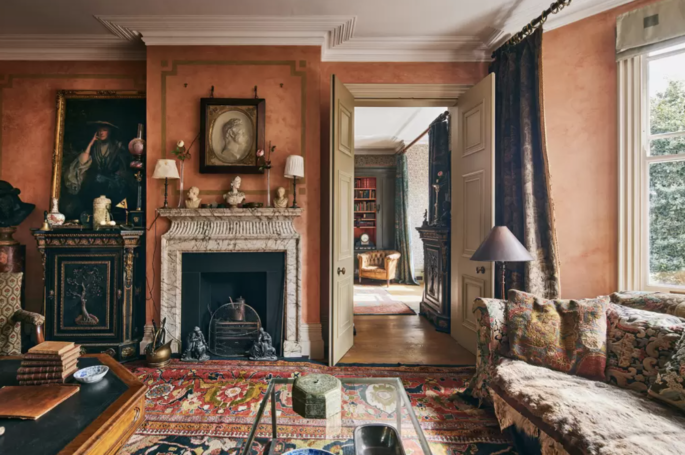
Nothing screams comfort more than a fireplace. Not only does it kick start our caveman-like instinct to be drawn to fire and warmth it gives the room a main focal point. Image via Tatler.com
In other words, increased physical interaction with our environment, indoors and out, would be a truer sign of progress than cowering at the altar of heightened hygiene. Our homes must be textural, personal and profoundly sensorial in order to awaken our senses and inspire us to be our best selves, but we must venture outside regardless – and take the kids with us. Shockingly, the UK has one of Europe’s highest rates of childhood obesity, and our children’s eyesight is getting worse too, both due again to too much time spent indoors hunched over computers and phones.
It’s why having a dog or gardening are so intrinsically good for us, combining as they do regular purposeful outside time with gentle exercise.
At the very least, we invite you to regularly fling wide your windows to refresh stale indoor air; set heating to no more than 18-20°C; and add a 30-second spritz of cold water to the end of your morning shower, something scientifically certified to boost the immune system, lower stress and prompt cardiovascular fitness.

Designers David Walgren and Joanna Laven created this oasis for a busy local family in their Stockholm apartment. Coming home to such comfort and splendor was high on this busy family’s list. Photography by Kristofer Johnsson
Essentially, getting uncomfortable is as vital as seeking comfort, and engaging with the outdoors is as crucial as creating an indoor sanctuary – we forget this at our peril. In the words of Scott Carney, an investigative journalist who set out, and failed, to debunk the claims of “Iceman” Wim Hof (the Dutch pioneer teaching cold exposure as a way to unlock our lost evolutionary potential): “Every nerve ending that connects our skin to our brain yearns to understand the world around it in order to help us make appropriate decisions about how to best go on living… If you’ve been wrapped in a thermogenic cocoon for your whole life, then your nervous system is aching for input. All you need to do is get a little bit outside of your comfort zone and try something out of the ordinary. Try finding comfort in the cold. You have nothing to lose.” And afterwards, when you return to your sublime sensory den, it will be all the more appreciated.
“I attach huge importance to the notion of comfort.”
“Everything must be both visual and tactile, with sofas that are welcoming to sit on and textiles that are soft to the touch. Being able to feel comfortable in your own home is absolutely fundamental,” says Pierre Sauvage, owner of the Parisian design firm Casa Lopez, of his aesthetic in his book Effortless Style. Sauvage has a home in Paris and country retreats in Normandy and Provence – each very different in style. In his Paris apartment (which features on the cover of his new book on home entertaining entitled Be My Guest: At Home with the Tastemakers), the bold blue colour palette in the main reception rooms lends the period architecture a contemporary feel and the rooms are layered with textiles and objects creating an ambience that is warm and inviting. The same clever layering of materials is evident in his Normandy home. Read more, ‘What Home Improvements Will Add Value To Your Room.’
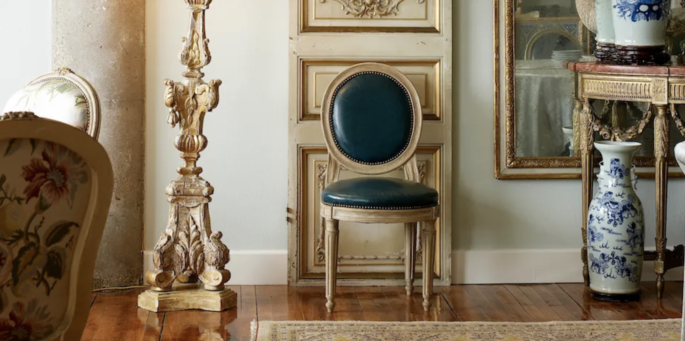
An interior by AD100 designer Michelle Nussbaumer, that exudes luxurious comfort. Photo: Stephen Karlisch
Here, however, the look is more intimate and cocooning. “All the rooms on the ground floor are painted the same colour. I chose green because it goes perfectly with the garden and the surrounding countryside,” he explains. “The drapes are made from tweed blankets, I added rugs on top of the carpets, and I hung some of the bedrooms with tartan wool fabrics.” Sauvage’s partner bought their Provence house, Les Chênes Verts, from his parents and, with the help of the interior designer Franz Potisek, the pair have created a modern rustic retreat. “All the woodwork is painted in neutral shades – taupe, putty and off-white – inspired by the simplicity and restraint of the building’s architecture,” Sauvage says. “Here again, I have put the emphasis on floor coverings, with rugs in strong patterns and colours. Les Chênes Verts is the place where I entertain the most, and I have lots of tablecloths and services so that I can create different table settings every day. Paisley prints from India, old Provençal quilts and Portuguese bedspreads have been pressed into service as tablecloths, napkins and other linen for house guests.”
It brings us back to when we were young, many of us played house. We may have pretended to cook and clean and make the bed, imagining home as a place of order, of roles and routines.
We might have drawn simplistic houses: a square, a triangle, another square for a window, rectangular door — maybe a chimney spewing smoke, telegraphing a cozy hearth inside. Do we ever really let go of these uncomplicated visions of home?

